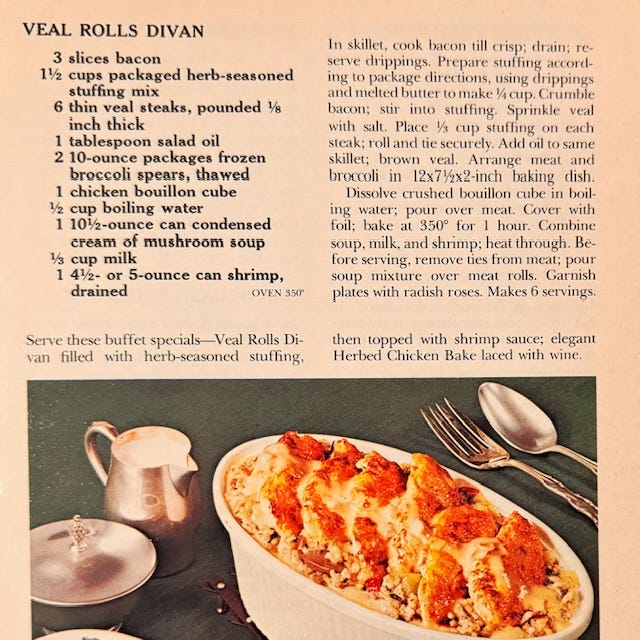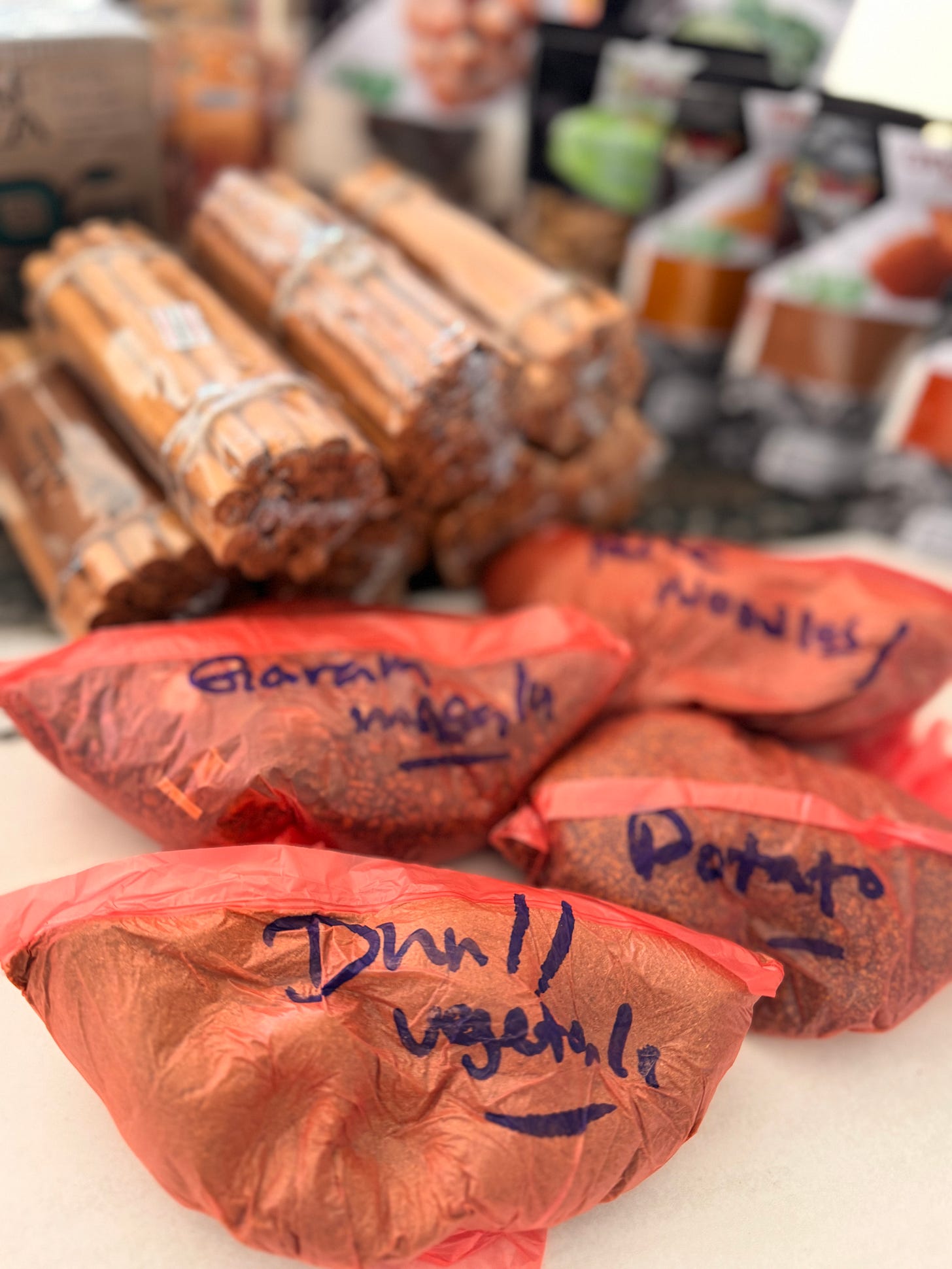What if you could pay for a luxury trip abroad with a pound of pepper?
As we mix and stir, adding a pinch of this and teaspoon of that, how strange to think that the spices we take for granted once tilted world economies, made kingdoms rich, caused trade wars and spurred the discovery of new lands.
The spice trade stands as a testament to the subtle alchemy between necessity and luxury. Spices, which initially were revered for their aromatic properties, soon transcended their role as mere flavor enhancers to becoming symbolic representations of wealth and prestige. Pepper, cinnamon, saffron, cloves…all became truly worth their weight in gold.
That spices assumed an unexpected mantle of currency seems hard to imagine today. Spice-backed economies were a nuanced blend of culinary sophistication and financial acumen, where the value of a currency was not only measured in precious metals but also in the fragrant allure of cardamom and the fiery embrace of black pepper. The spice-as-currency phenomenon perhaps best demonstrates our innate human tendency to imbue the mundane with extraordinary worth.
Spicing things up
After the inevitable shifts and twists in global dynamics, spices soon settled down to become kitchen necessities, not exotic luxuries. And as food became industrialized, it also seemed to become mundane, less adventuresome, the bland reflection of a homogenous society with little diversity and, well, spice.
Fortunately, growing up in an immigrant household and then moving to an incredibly multicultural city saved me from the fate of the monochromatic palate.
When I was a kid I didn’t realize that eggplants were exotic, or butchering a pig in your basement wasn’t something that every family did. The education was furthered with my move to Toronto when I was in my early 20s. With over 250 ethnicities and 170 languages represented in the greater Toronto area, there are no shortages of flavoursome cuisines to experience and marvel at. Ethiopian, Indian, Vietnamese, Korean, Egyptian, Afghan, Colombian, Greek…name a cuisine, and you can surely find a place to experience it in my backyard.
At the heart of it all is the wondrous world of spices. Alone or in combination, each distinct cuisine uses a palette of spices to create a marvel of tastes, the most interesting ones that layer multiple spices together in a highly personal melange of goodness.
We saw that firsthand in Sri Lanka, the tiny island that is home to some of the world’s finest spices. Ceylon cinnamon, cloves, nutmeg, cardamom are all in abundance and used to delicious effect in a dizzying array of curries, each with its own unique flavour profile.
I came home with an Aladdin’s cave haul of treasures.
From beautifully packaged cinnamon sticks, whole nutmeg, curry leaf powder and chili flakes to hand blended spices—this one for rice and noodles, that one for dhal and vegetables—I can’t wait to dive deep and explore a whole new cuisine.
That exploration is still to come (watch this space for the results of my experimentation). For now, I’ve refreshed my spice cupboard, and gotten reacquainted with those spices I’ve taken for granted. Even a simple squash soup, a winter season standby, gets new life with the freshest of cinnamon and nutmeg.
As you contemplate your next meal, think about the richness of the world that is at your fingertips—a king’s ransom in another time and place. How wealthy we are, with all of this magic that we can sprinkle, like fairy dust, into everything we make.
Musque de Provence pumpkin soup
Musque de Provence is the king of squashes. So big that you only buy a piece at the farmer’s market, it’s the love child of a cantaloupe and a bitter melon. With a scented interior that’s bright orange, this is a squash that doesn’t have the natural sweetness of a butternut or acorn squash.
Try to seek it out for this lovely soup, made all the more delicious with the addition of fresh cinnamon, freshly grated nutmeg and a touch of maple syrup. The perfect bowl of comfort for a winter night.
Ingredients
3 pounds fresh Musque de Provence pumpkin, skin and seeds removed
4 tablespoons unsalted butter
1 cup chopped onion
1 small garlic clove, diced
1 tablespoon peeled and diced fresh ginger
6 cups chicken or vegetable stock
½ cup heavy cream
½ teaspoon freshly ground nutmeg
½ teaspoon ground cinnamon
1 teaspoon fine sea salt, more to taste
2 tablespoons maple syrup, more to taste
Cut the pumpkin into 1-inch cubes. Melt the butter in a soup pot, add the onion and cook gently until soft, about 5 minutes.
Add the pumpkin pieces, garlic, ginger and salt. Add the stock, bring to a boil and simmer until the pumpkin is soft, about 15 minutes. Add the cream, nutmeg and cinnamon and bring to a simmer again.
Puree soup using an immersion or regular blender. Stir in the maple syrup. Taste and add more salt or maple syrup as desired.








Sounds delish!